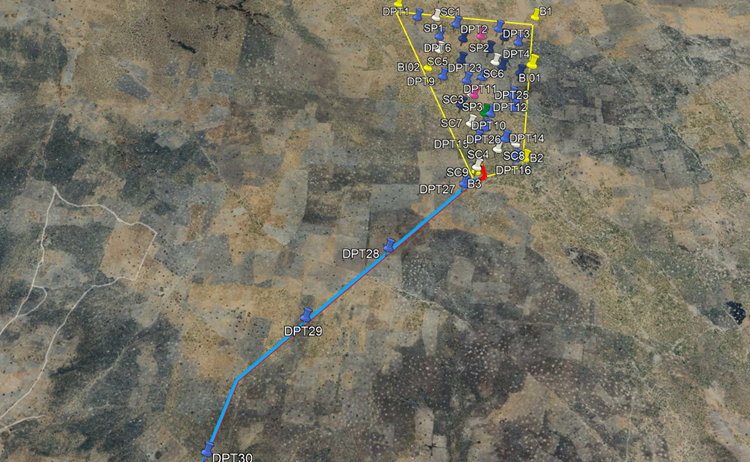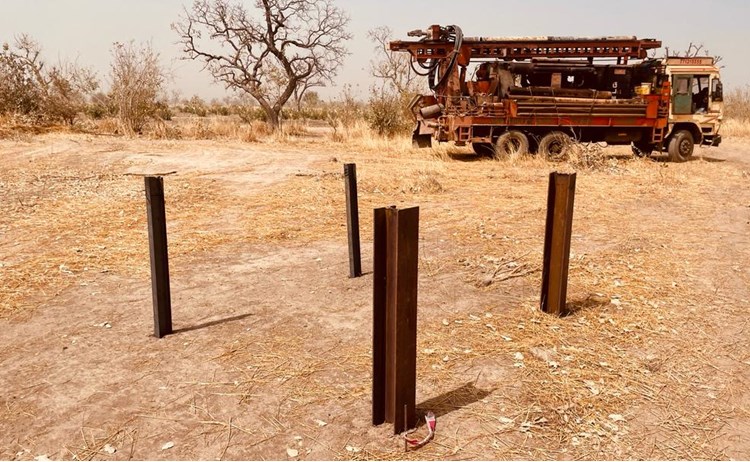Nos réalisations
Découvrez quelques-unes de nos références


Fondasol's team made studies for the construction of a 50MWp solar power plant with 45MWh battery storage in Tambacounda, Senegal.
The chosen site is in Sitokoto, Tamba region, Koussanar district, Sinthiou Maleme commune.
For this study, we have conducted Topography survey, Geotechnical investigations, Hydrogeological studies and Pull-out test.
SECTEUR D'ACTIVITE Energies
MAÎTRE D'OUVRAGE Serengeti
ENTREPRISE Serengeti Energy
TYPE D'OUVRAGE Energies renouvelables
AGENCES - SERVICES Fondasol Sénégal
Serengeti Energy, is developing, building and operating small to medium scale renewable power projects in Sub-Saharan Africa with a focus on small hydro, solar PV, wind and biomass energy.
Serengeti Energy is committed to act in accordance with internationally recognized environment and social standards; and to ensure effective Environmental & Social Assessment and management practices in all its activities and investments.
Serengeti Energy's Health and Safety philosophy is that all incidents and accidents are preventable and we are committed to strive towards zero incidents and injuries when executing our work. This is applicable to all Serengeti Energy employees, Contractors, Consultants and other third-party service providers.
Serengeti Energy plans to engage a Contractor to carry out feasibility studies for the construction
of a 50MWp solar power plant with 45MWh battery storage in Tambacounda, Senegal.
The report includes following items:
The survey will be on line with G2 AVP mission as defined by the standard NF P 94-500 of November 2013. The geotechnical investigations provides technical notes giving the execution methods used for geotechnical construction.
The main objectives of the survey are listed below:
Preparing report to summarize the site conditions, materials encountered, and field and
laboratory test results.
The hydrogeological mission is a documentary study and on-site observations. It concludes with the provision of a report.
Site preliminary study:
Investigations results:
Analysis and synthesis of the geological and hydrogeological context of the sites and its
influence on the project:
